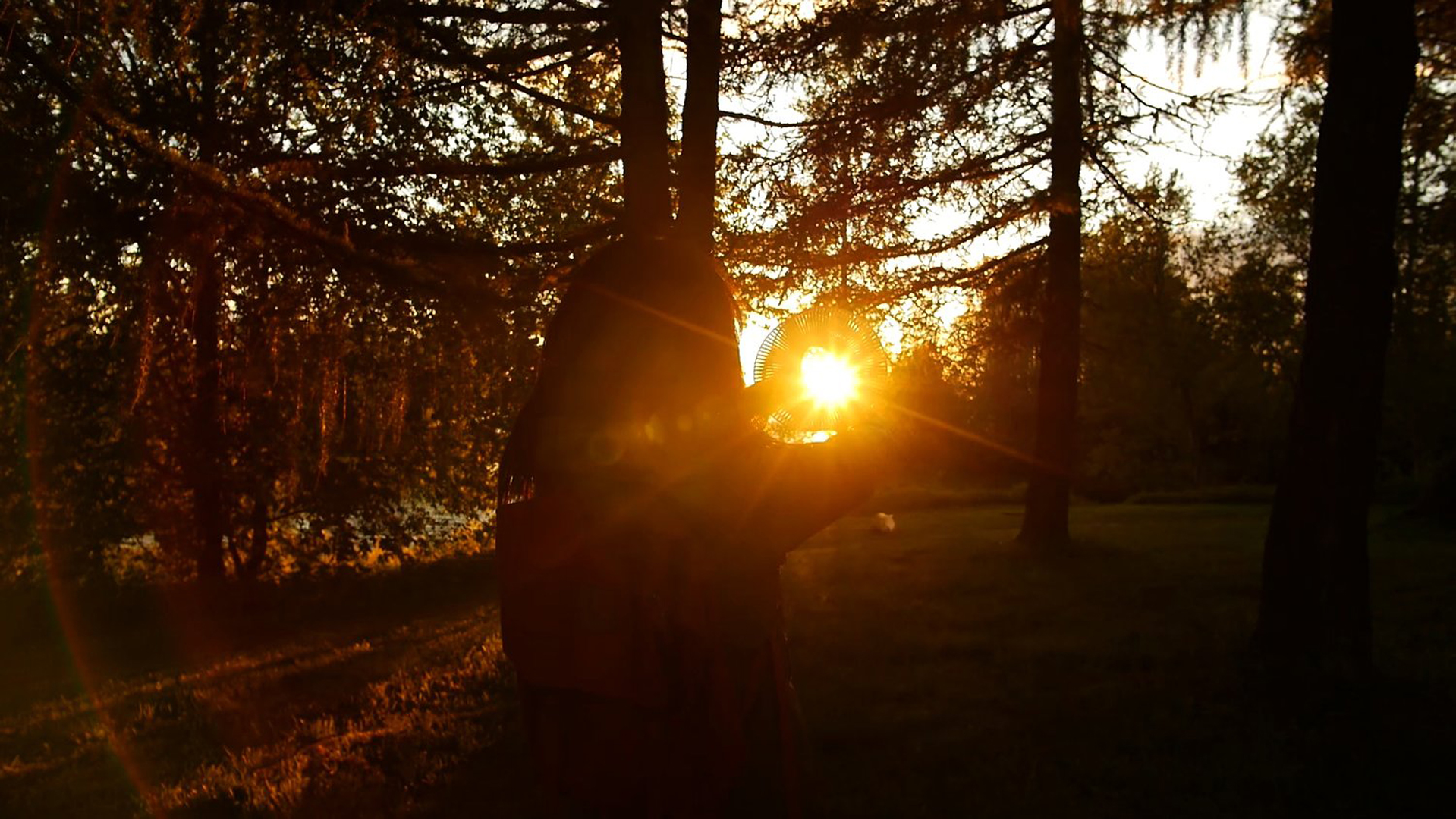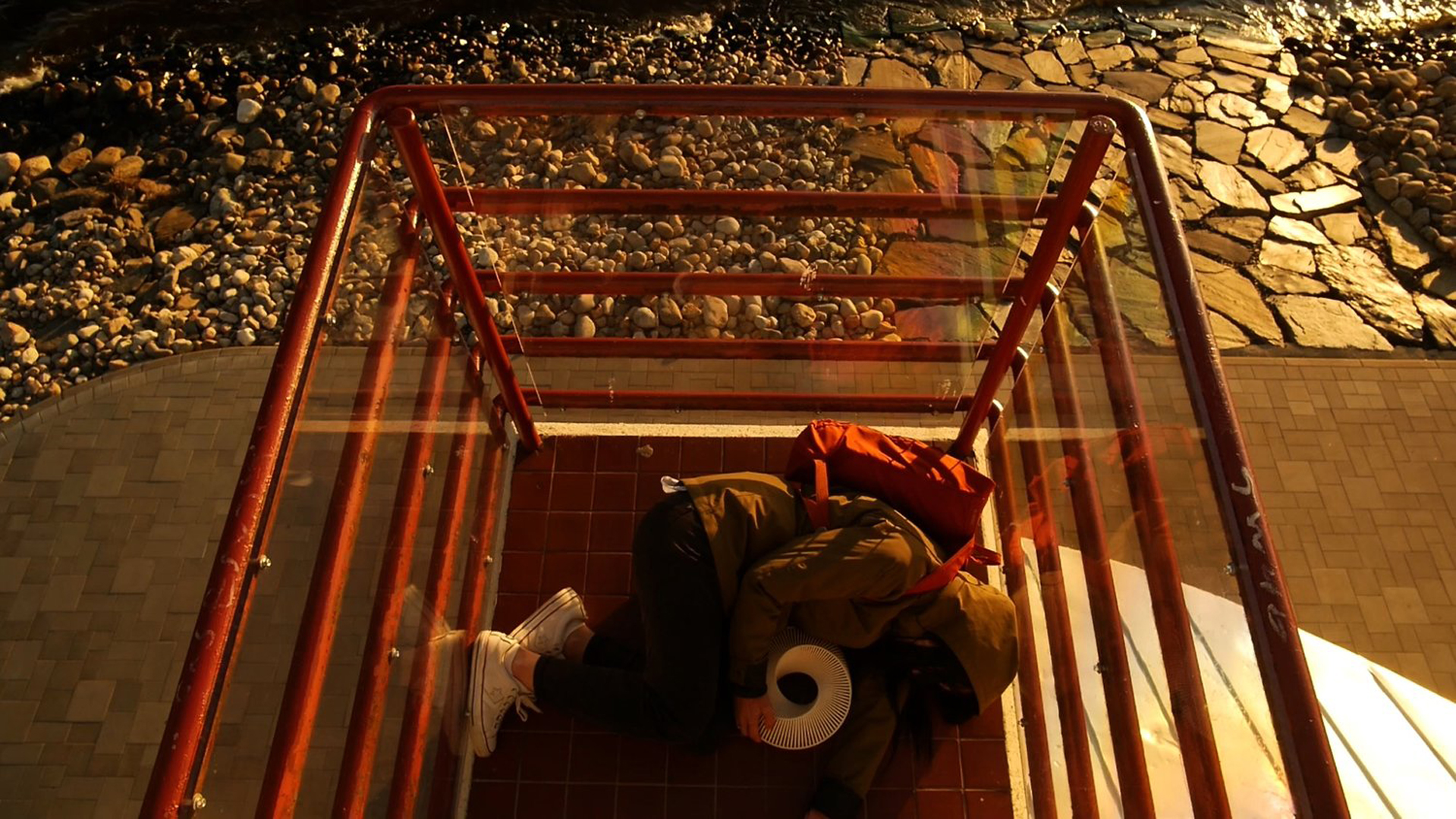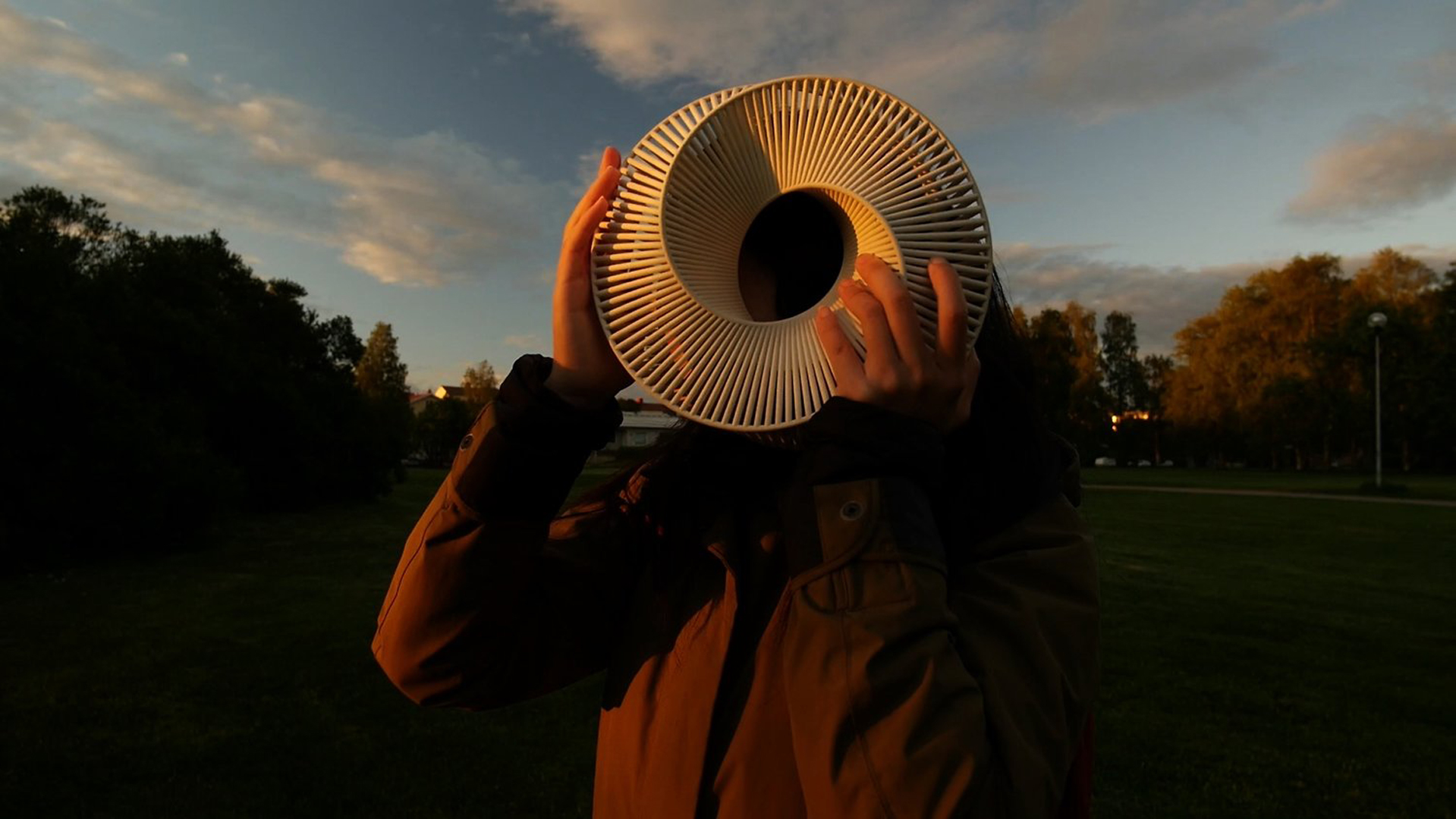“Object” by Nathan Hughes, Jinyi Wang
Title:
Artist(s) and People Involved:
Exhibiting Artist(s):
- Nathan Hughes
-
Jinyi Wang
-
- Stockholm University
Symposium:
Venue(s):
Creation Year:
Medium:
Duration:
Artist Statement:
Deleuze and Guattari wrote in Anti-Oedipus, “there is no such thing as either man or nature now, only a process that produces the one within the other and couples the machines together.”
Traditional bi-polarities of the body and the world beyond it are collapsing due to ideas emerging from eco-critical theory and ecological precarity due to anthropogenic impact. Our research practice is predicated upon the idea that “the human is always intermeshed with the more-than-human world”. Finite human bodies are embedded in flowing, unbounded ‘non-human’ processes; water, air and food molecules we ingest, have passed not only through the Earth but further reaches of time and space. Yet the intimate experiential knowledge of such phenomena is unperceivable through our naked senses. In Object, we speculate, can future technologies that fuse (wet) biological processes and (dry) computational systems, enable us to access a dynamic flow of data-energy, between inner (body) and outer (environment) worlds?
We imagined a device that enabled us to experience a flowing information exchange between internal somatic and external material systems. The object discovered by the protagonist allows her to experience herself as indivisible from the flow of matter and energy surrounding her. By exploring her interactions with the object through a journey of discovery, we question and re-imagine our relationship with technological artifacts and their roles in mediating and co-shaping our relationship with the world.
Object and Woman. The object prop was an architectural model based on a double Mobius strip design, a factor that resonated with our instinct that it should have a strange mystique. Comparisons were later drawn between our object and the enigmatic obelisk Hipgnosis designed for Led Zeppelin’s Presence LP. The serendipitous discovery of a model with distinctive formal and aesthetic qualities reinforced the conceptual blurring of the inside and outside a psychological process Lacan termed Extimacy, which we sought to speculate upon as a mode of catalysing discourse. We chose a visually non-technological object to evoke a sense of arcane, timeless, and possibly alien in intelligence and design. In Nostalgia de La Luz (2010), Patricio Guzman draws elegant comparisons between calcium in long dead stars seen by astronomers based in Chile’s Atacama desert, with bone fragments reclaimed by relatives of the victims of Pinochet’s 1973 coup. The aesthetic and formal resemblance of the object to fossils and shells, and its’ presumable marine origin, invokes sacred geometry and principles of a code intrinsic to natural phenomena like Golden Ratio and Fibonacci Sequence, as exemplified by the shell of the chambered nautilus. When the object grants her moments of indivisible communion with an unbounded flow of material energy from which she, as a human being, is usually excluded; perhaps, like the moment when Neo ‘sees’ The Matrix, she ’knows’ that the spirals in her DNA are repeated and infinitum in galaxies above her “A spider’s DNA is expressed in its web. The environment, then, from the perspective of the life sciences, is nothing but the phenotypical expression of DNA code.”
Interpretations and Implications. Cosmic Womb. One of most informative interpretations came from a writer, who enriched our perceptions when he read the object as both shell and womb, “The sound of the cosmos is still in our ears in the womb as is the sound of the sea in a shell.” Which echoed Jack Kerouac, “The one thing that we yearn for in our living days, that makes us sigh and groan and undergo sweet nauseas of all kinds, is the remembrance of some lost bliss that was probably experienced in the womb and can only be reproduced (though we hate to admit it) in death. But who wants to die?”
Optimism Futures. An Australian curator took a more optimistic tone, “The film made me feel strangely optimistic for the future of the human race… Looking deeper, I suppose it’s an optimistic representation of the relationship between human and ancient mystery / new technology… I thought it showed a sort of idealised and beautiful relationship, similar to how I feel about my laptop…”
Dystopia. “And if you gaze long into an abyss, the abyss also gazes into you.”
Many noted a melancholy tone akin to dystopian Sci-Fi, and thought the glitch sonics processed through generative algorithms implied her lapsarian revelation came at a price, and she now shoulders a burden of great responsibility. She sits, eyes closed at the water’s edge to the sound of an aria from Handel’s Xerxes the first audio radio broadcast of music to a general audience, transmitted to ships in the Western Atlantic on 24 December 1906. But the aria is reversed so when she breaks the fourth wall to directly confront us, is this a first broadcast from a new human being? Does she plead with us to share her responsibility, or like a Mobius strip of water and time, is it a warning and her look one of pity, or disgust? Has she become a “parahuman fusion of code and nature” a harbinger that ‘teleological trajectories of humanity could be supplemented with parallel alternatives’; and in her eyes do we see the return of the repressed of ecological consciousness?
Process Information:
“Object” was quickly made in response to site-specific conceptual and environmental stimuli. To illustrate how it enabled the woman to perceive normally invisible material and chemical processes she interacts with, we first displayed graphical overlays of environmental data-flow captured with an Arduino Smart Citizen device. This data was captured during Mark Shepard’s Design Fictions for Data Geographies workshop in locations around Oulu, Finland. However, during screenings it became apparent that “Object” elicited surprisingly profound audience reaction. People were emotionally affected and drawn to speculate on contemporary human positions relative to our environment and the cosmos. It also became apparent that data-flow visualizations limited scope for readings from the humanities end of the spectrum. We chose to remove the visualization as we found it more critically interesting to enable broader scope for reflective interpretation.








